Oh! The Horror… | of the Liturgy of Michael Myers
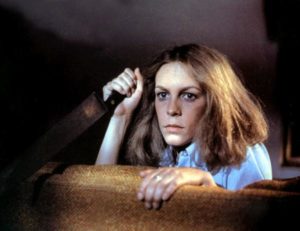 Breathe in, breathe out.
Breathe in, breathe out.
Stand up, sit down, kneel.
Morning prayer, confession, remission.
Leer, stalk, kill.
Going through the process of (finally) viewing all of the Halloween franchise, in order, has been an odd endeavor. Some assumptions have been verified while others have been destroyed. It’s been invigorating to say the very least. The case is often made that the first two films—and sometimes the third—in the franchise are clearly the frontrunners. While that is a rather safe estimation, there is an argument that could be made for some of the others. It seems the difficulty of watching this series of films—or really any slasher franchises—in relatively quick procession is one of battling against habitual viewing. Falling prey to the repetition of the slasher narrative. By the time the first two films are finished, we realize a pattern and it becomes a liturgy by which we appraise each film: Michael survives, he leers, he stalks and he kills. Halloween III: Season of the Witch breaks up that pattern by not showcasing Myers at all, but the remainder of the films, largely, take up where the last ended.
There is a comfort to slasher liturgy that cuts both ways just like it does with any Christian liturgical tradition. The church service goes through a process of prayers, readings, responses, confessions and absolutions, both personal and covenantal. The process by itself is pregnant with meaning and tradition that goes back hundreds of years. There is a sense in which we speak the same words that were spoken by those who went before us. However, that fullness of meaning, while present, is not always received by those partaking in it. If it becomes thoughtlessly habitual then the heart and mind are not intimately engaged in the praise and knowledge of God. This is a comfort that we as Christians should avoid: when our view, perceptions, or understandings of God and how we are to seek Him become by rote, just something we do on Sundays or in daily Mass.
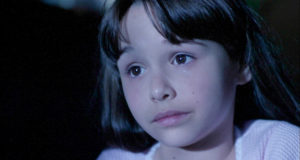 This kind of comfort can blind us when we watch the Halloween franchise as well. It is easy to slip into our couches, turn our brains off and go with the flow: survive, leer, stalk, kill, repeat. This is the epitome of apathy. We neither care about the quality of the spaces we enter into nor care about whether those spaces shape us for good or ill. However, if one engages and is attentive and eager to engage with the films, there is often depth in, behind and through the liturgy of these films. A liturgy of damnation and death over and against the church’s liturgy of salvation and life.
This kind of comfort can blind us when we watch the Halloween franchise as well. It is easy to slip into our couches, turn our brains off and go with the flow: survive, leer, stalk, kill, repeat. This is the epitome of apathy. We neither care about the quality of the spaces we enter into nor care about whether those spaces shape us for good or ill. However, if one engages and is attentive and eager to engage with the films, there is often depth in, behind and through the liturgy of these films. A liturgy of damnation and death over and against the church’s liturgy of salvation and life.
Halloween 5: The Revenge of Michael Myers, for example, is one of the lesser talked about entries and yet there is a fascinating tease of a bigger universe that surrounds Myers and his relentless journey to satiate his judgment (his Law, one might say). A cult symbol is revealed on Myers’ body and a mysterious man follows Michael, Dr. Loomis and Michael’s newest, young target, Jamie, throughout the story, but he is never fully revealed. It’s the promise of a religious cult element behind “The Shape.” As the two children, Jamie and Billy, are being chased by Michael, I saw a strange parallel to one of my favorite horror films, The Night of the Hunter, where Robert Mitchum is a convict who poses as a reverend in order to get at two children and the treasure they hide. The villain is enveloped in religious language and reverence. Myers, too, finds himself in similar religious spaces and ends up chasing these children for a good portion of the runtime, including a chase scene in the woods that echoes the other film. Not a perfect parallel nor are they equal in quality, but when those thoughts arise in our minds, we see things anew. We are engaged and seek to know and understand Myers and these films—which are “high church” in their insistence on following a deceptively simple liturgy over and over again.
Liturgy in the church is the same. If we allow it to shape us and move us towards affirming what we believe about God and his plan of salvation and loving God better. It takes looking in, behind, and through the words and creeds that we say aloud, the prayers that rattle off of our lips. When the liturgy is successful, there is a different form of comfort that comes into play. It is a comfort that looks more like rest. Like Hebrews 4:10 states:
“For he who has entered His rest has himself also ceased from his works as God did from His.” (NKJV)
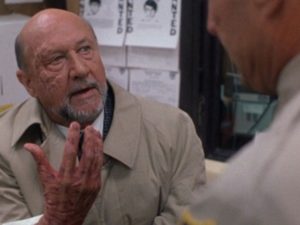 It’s a rest in the knowledge, love, grace and sanctification of God. While Michael Myers is not worthy of the same knowledge and love as God, the process works nonetheless for something as simple as slasher films. While no one (or thing) is perfect—no, not one—they also are not at their absolute worst. God’s presence and power transcends all culture. There is something in the Halloween franchise that keeps people coming back even though the basic narrative of each film is repetitive. This is why looking at the Halloween franchise—or really any franchise where the same story is re-told in each film—through a liturgical lens is of huge help. It may provide the framework in which to give these films better criticism and see the elements where God shines through in them, as counterintuitive as that may be. It is, also, refreshing to see Myers in a new light with every film. It certainly makes it easier to write on them when I have entered into their rest.
It’s a rest in the knowledge, love, grace and sanctification of God. While Michael Myers is not worthy of the same knowledge and love as God, the process works nonetheless for something as simple as slasher films. While no one (or thing) is perfect—no, not one—they also are not at their absolute worst. God’s presence and power transcends all culture. There is something in the Halloween franchise that keeps people coming back even though the basic narrative of each film is repetitive. This is why looking at the Halloween franchise—or really any franchise where the same story is re-told in each film—through a liturgical lens is of huge help. It may provide the framework in which to give these films better criticism and see the elements where God shines through in them, as counterintuitive as that may be. It is, also, refreshing to see Myers in a new light with every film. It certainly makes it easier to write on them when I have entered into their rest.


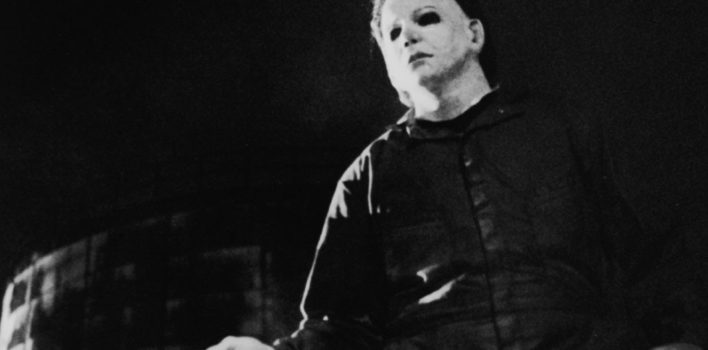
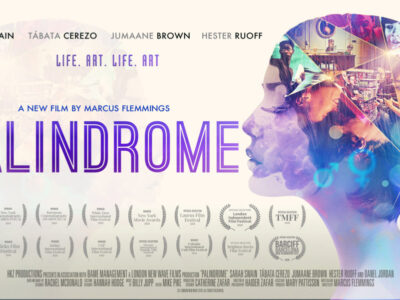
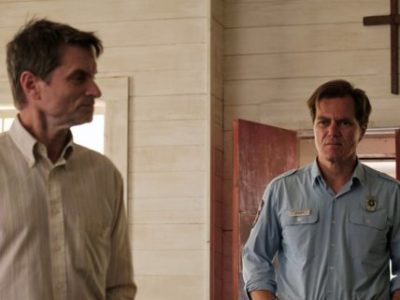
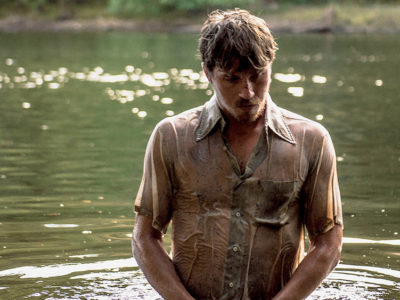


Pingback: Oh! The Horror… | of the First Day of the Rest of Your Life | Reel World Theology
Pingback: | Mockingbird